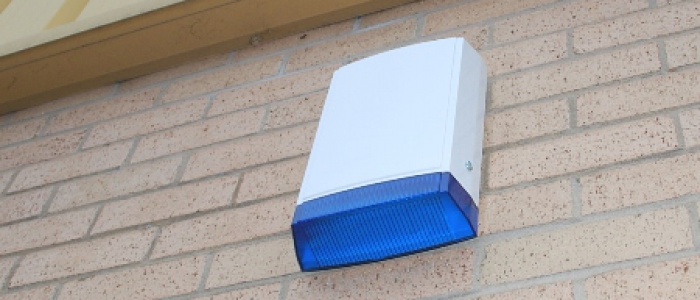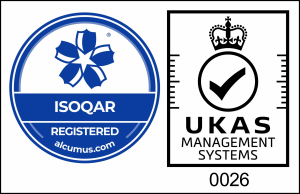Common Causes of False Alarms

User Error
User error is the biggest cause of false alarms. It is critical for the alarm installer to train their customer on how to operate the system and follow procedure such as closing windows and doors, securing the family pet and following the correct entry/exit route.
Checking the AC/DC supply
When a false alarm occurs which hasn’t been triggered by user error, the first thing that should be checked is the AC/DC power supply. It is critical for the AC/DC supply to be stable to prevent random false alarms and control panel crashes. An AC supply fault or low capacity battery would cause PIRs to trigger falsely and cause LIMs to lockout. Alarm installers have a duty of care to ensure the AC supply is safe BEFORE connecting the control equipment. Voltage, polarity and Earth loop resistance are the most essential safety tests to perform when checking this power supply. Loop faults can only be performed using a mains multitester such as the ACT Easiplus. Test for stable DC voltage between 13.5 min and 14.0 max at battery, PIRs, keypads and LIMs. Remember, AC/DC problems can only be prevented by testing during installation and service inspections.
Interference
If an unstable AC/DC power supply is not the cause of the false alarm, the next likely cause is electrical interference. Radio Frequency Interference (RFI), Electromagnet Interference (EMI) and Electro Static Discharge (ESD) can cause big problems for alarm and other electrical systems.
RFI - caused from signals omitted by an external source such as the local police office, taxi CB or HAM radio equipment – will cause specific PIR or shock sensors to activate.
EMI - caused by AC voltage induced from electrical wiring or kitchen appliances into DC alarm cables - will cause random PIR or shock sensors to activate or the control equipment to crash.
ESD - caused by seasonal weather changes and lightning – will cause keypads to lock out or the control panel to crash when the user enters their entry/exit code.
The Solution
Random false alarms and panel crashes can be prevented on new installations and troubleshooting inspections by fitting an ACT 2323 mainspike suppressor and ACT 1313 12V spike suppressor as standard. Unexplained false alarms on specific alarm detectors can be prevented by fitting an ACT 1376 PIR stabiliser inside the troublesome PIR or ACT 3010 ferrite tubes over the DC wires inside the troublesome shock sensor.




